As the Imo State Governorship election unfolds today, a thorough examination of key aspects is imperative to grasp the intricacies of the electoral landscape. While the absence of a female candidate among the contenders remains a focal point, numerous other factors significantly shape the dynamics of this electoral process.
Gender Disparity and Female Participation:
The conspicuous absence of a female candidate in the Imo Governorship Poll prompts critical questions about gender representation in Nigerian politics. With all 17 political parties fielding male candidates, this highlights the persistent challenges in achieving increased female participation. Notably, only two of the seventeen political parties have chosen female deputy governorship candidates, reflecting a broader narrative on gender inclusivity in Nigerian politics.
Polling Unit Dynamics and Voter Accessibility:
Imo State encompasses 4,758 polling units, a significant number necessitating meticulous logistical planning. However, it’s noteworthy that elections will take place in 4,720 polling units, as 38 units lack registered voters. This shift follows INEC’s decision in 2021 to create an additional 1,235 polling units in Imo State, a strategic move aimed at enhancing voter access. Despite the challenges, the increased number of polling units strives to accommodate voters and facilitate a smoother electoral process.
INEC’s Technological Assurance:
Despite setbacks in the 2023 general election, the Independent National Electoral Commission (INEC) reassures citizens of the use of electronic result transmission (IReV, BVas) in the off-cycle governorship elections. This commitment comes in the wake of the failure to electronically transmit results during the general election in February, highlighting the ongoing efforts to enhance and secure the electoral process through technological advancements.
Voter Statistics – A Focus on Gender Distribution:
Imo State boasts a substantial electoral register, totaling 2,419,922 registered voters. Notably, the gender distribution reveals 1,199,263 male voters and 1,220,659 female voters, emphasizing a relatively balanced participation of both genders in the electoral process.
Security Concerns and Precautions
As the election unfolds, concerns about security loom over Imo State. Fears of possible attacks by secessionist gunmen are particularly worrisome, especially in communities like Amaifeke, Izombe, Agwa, Isu, Orsu, Okigwe, and Njaba. Governor Hope Uzodinma, seeking reelection, has attributed the insecurity to opposition parties, though specific sponsors remain unnamed. The declaration of a sit-at-home order by pro-Biafra agitator Simon Ekpa further heightens security concerns. Additionally, the standoff between NLC president Joe Ajaero and the Imo government adds another layer of complexity to the security landscape.
The Imo State Governorship election today is a multifaceted event, encompassing gender dynamics, logistical intricacies, technological advancements, and security challenges. Understanding these key aspects provides a comprehensive lens through which to analyze the outcomes and implications of this crucial electoral process.

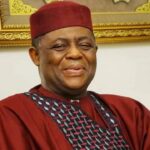

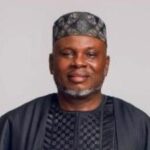
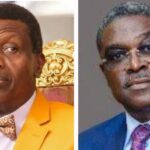
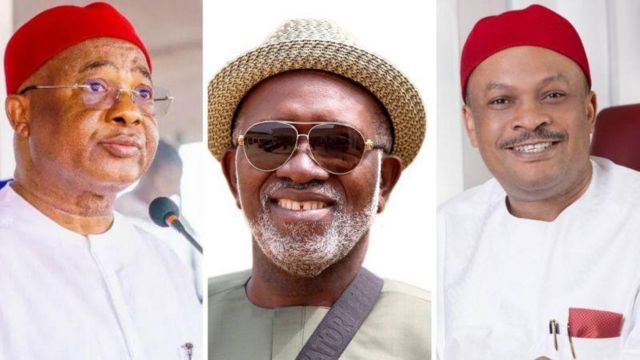
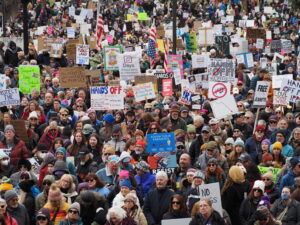


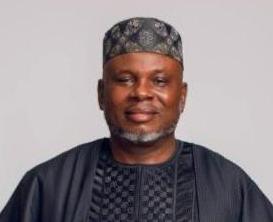
More Stories
Tinubu considers Fani-Kayode, others for ambassadorial appointments
NBA intervenes, as detention of 15 domestic aides accused of theft from ex-First Lady Patience Jonathan, lingers
Church elder reveals how Adeboye banned Iluyomade from stepping into RCCG, called members who defected demons